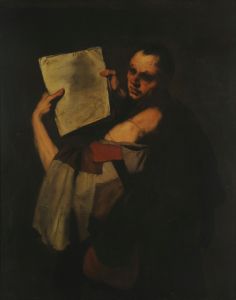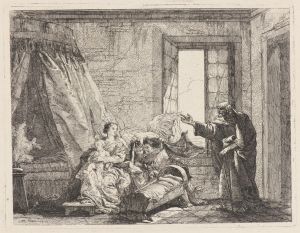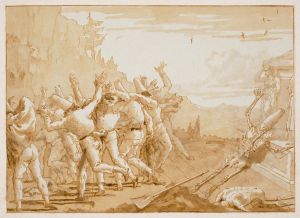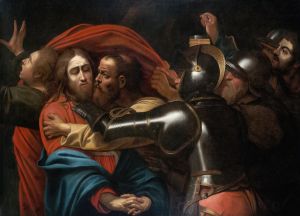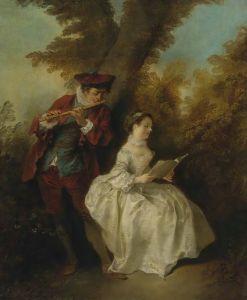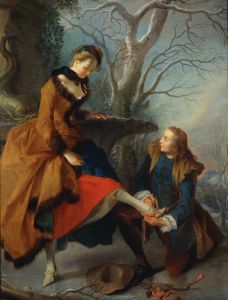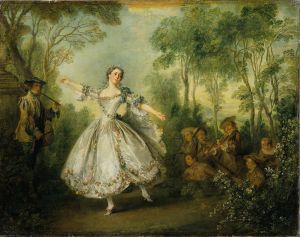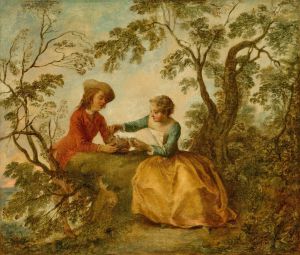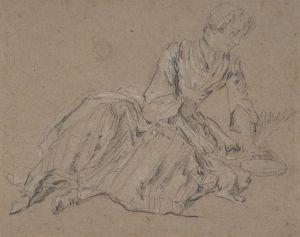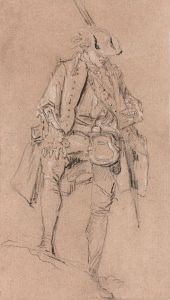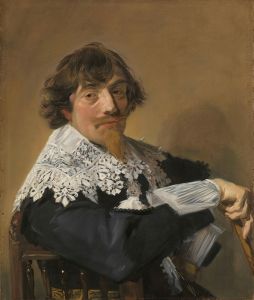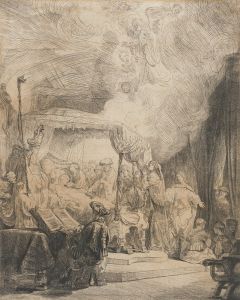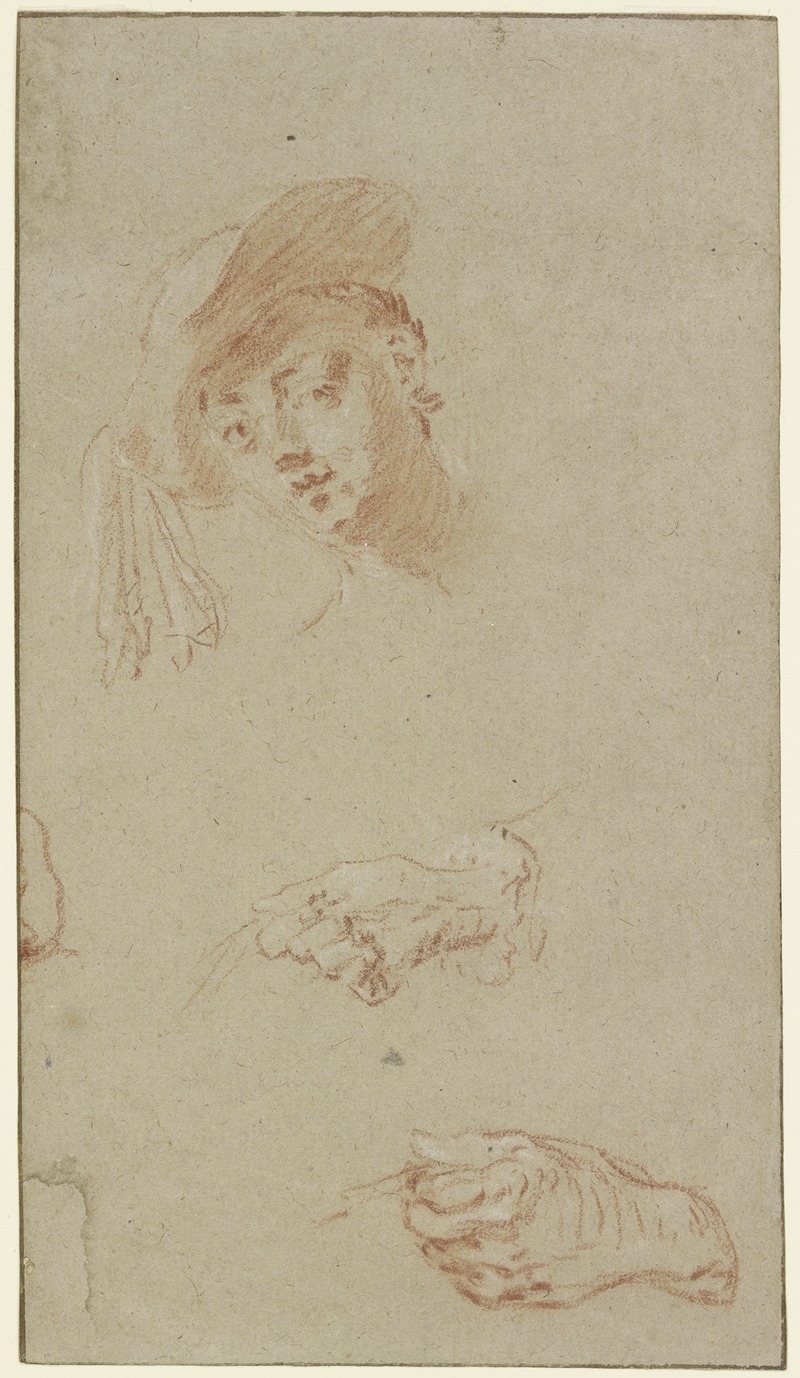
Head and two hands
A hand-painted replica of Nicolas Lancret’s masterpiece Head and two hands, meticulously crafted by professional artists to capture the true essence of the original. Each piece is created with museum-quality canvas and rare mineral pigments, carefully painted by experienced artists with delicate brushstrokes and rich, layered colors to perfectly recreate the texture of the original artwork. Unlike machine-printed reproductions, this hand-painted version brings the painting to life, infused with the artist’s emotions and skill in every stroke. Whether for personal collection or home decoration, it instantly elevates the artistic atmosphere of any space.
"Head and Two Hands" is a drawing by the French Rococo artist Nicolas Lancret (1690-1743). Lancret was known for his genre scenes, which often depicted lively and elegant social gatherings, and he was a contemporary and admirer of Antoine Watteau. Lancret's works are characterized by their delicate brushwork, light color palette, and graceful compositions.
"Head and Two Hands" is a study drawing, a type of preparatory work that artists often created to practice and refine their techniques or to plan elements of a larger composition. This drawing specifically focuses on the detailed rendering of a head and two hands, showcasing Lancret's skill in capturing the subtleties of human anatomy and expression.
The drawing is executed in red chalk, a medium favored by many artists of the time for its ability to produce fine lines and subtle shading. The use of red chalk allows for a range of tones, from light, delicate lines to richer, more intense areas of shadow, which helps to create a sense of depth and volume in the depicted forms.
Lancret's attention to detail is evident in the careful observation of the facial features and the intricate depiction of the hands. The head is likely a study of a young woman, a common subject in Lancret's oeuvre, characterized by soft, rounded features and an elegant hairstyle. The hands are rendered with a similar level of precision, showing the delicate structure of the fingers and the naturalistic positioning that suggests movement and grace.
This drawing is an excellent example of Lancret's ability to convey the elegance and refinement that are hallmarks of the Rococo style. It also provides insight into his working process, illustrating how he meticulously prepared for his larger, more complex compositions. As a study, "Head and Two Hands" would have served as a reference for Lancret when creating his finished paintings, ensuring that the figures in his works were both anatomically accurate and expressively rendered.
Today, "Head and Two Hands" is appreciated not only for its artistic merit but also for its historical significance, offering a glimpse into the practices of one of the 18th century's notable artists. The drawing is held in various collections and is studied by art historians and enthusiasts who seek to understand the techniques and creative processes of the Rococo period.
In summary, "Head and Two Hands" by Nicolas Lancret is a red chalk study drawing that exemplifies the artist's skill in capturing human anatomy and expression. It serves as a valuable piece for understanding Lancret's artistic methods and the broader context of Rococo art.





